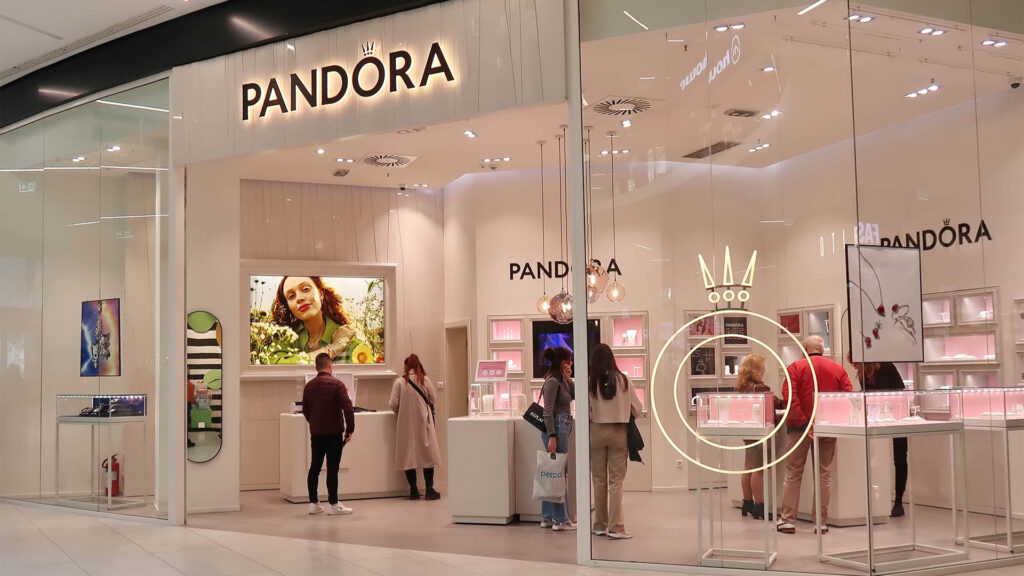The decision by Pandora, the world’s largest jewelry maker, to stop using mined gold and silver won’t significantly affect gold demand. However, it will certainly impact the latter. Pandora, which claims to be the world’s largest jeweler by the number of products sold, has announced that it will now exclusively manufacture its products using recycled precious metals, which require less energy to produce.
The Danish company purchases approximately 340 tonnes of silver and one tonne of gold annually. In 2020, it set the goal to fully transition to recycled gold and silver by 2025, but it will now achieve this a year ahead of schedule. This move has also allowed the company to reduce its supply chain’s carbon footprint, cutting around 58,000 tonnes of CO2 emissions annually.
To ensure the integrity of its materials and avoid using stolen metals, Pandora is implementing a chain of custody system developed by the industry. This standard excludes gold coins and gold bars as sources of recycled gold.
Pandora has successfully reached 100% recycled silver and gold as of December and plans to absorb the $US10 million annual cost into its margin rather than increasing prices, primarily involving the premium for ‘clean’ recycled metal supplies. The company also requires its suppliers to undergo assessment against industry standards by independent auditors, including documenting the source of recycled silver. As part of the transition, Pandora suppliers had to segregate certified recycled metals from non-certified ones.
In 2022, Pandora sold 103 million pieces of jewelry, produced in two factories in Thailand, and is currently building a third in Vietnam. Rivals like Monica Vinader and Missoma also advertise their use of 100% recycled silver and gold.
Metal refineries source recycled silver from industrial catalysts, X-rays, electronic equipment, and old silverware, while recycled gold is obtained from jewelry manufacturing waste and old jewelry.

